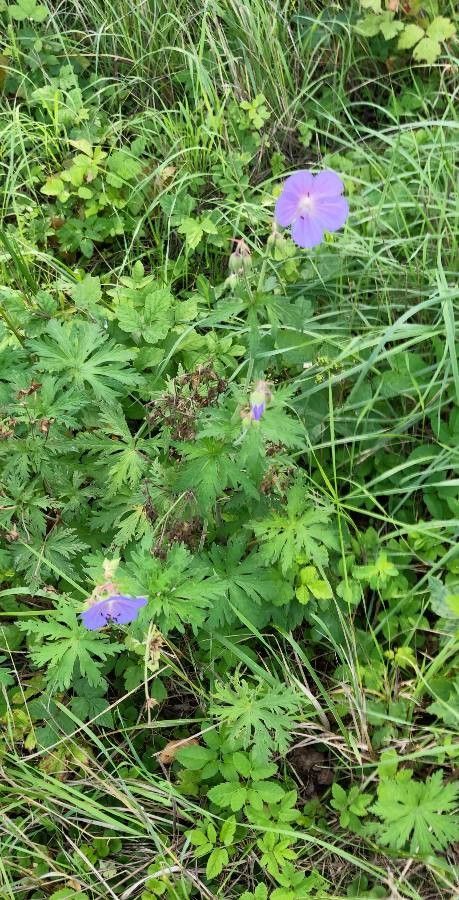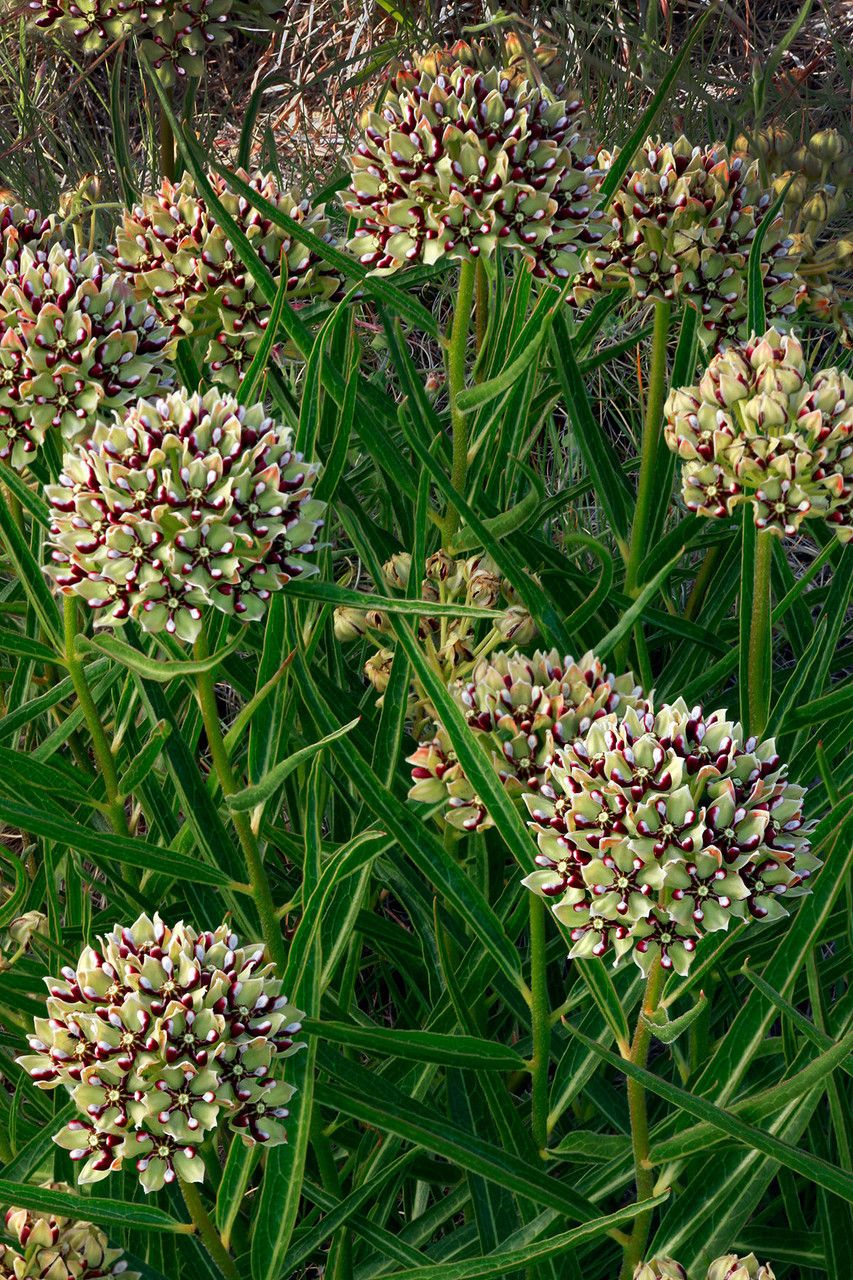## Meadow Crane's-bill: A Gardener's Delight
The Meadow Crane's-bill (*Geranium pratense*), a member of the Geraniaceae family, is a captivating perennial wildflower prized for its vibrant purple blooms and low-maintenance nature. Its charming presence adds a touch of rustic elegance to any garden setting, whether you're aiming for a naturalistic wildflower meadow or a more structured border. This guide will help you understand and successfully cultivate this beautiful plant.
### Habitat and Growth
Native to Europe and Asia, Meadow Crane's-bill thrives in a variety of conditions, making it a remarkably adaptable plant. It's often found in meadows, grasslands, and woodland edges, suggesting its preference for well-drained soil and ample sunlight. However, it can tolerate partial shade, especially in hotter climates.
### Sun Exposure and Soil Needs
Meadow Crane's-bill prefers full sun to partial shade. At least six hours of direct sunlight per day is ideal for abundant flowering. Regarding soil, it's quite versatile, tolerating a range of soil types from sandy loam to clay, but it performs best in well-drained, slightly moist soil. Avoid overly wet conditions, which can lead to root rot.
### Planting and Care
Meadow Crane's-bill can be propagated from seed or by dividing established plants. Sowing seeds directly outdoors in spring or autumn is generally successful. Ensure good seed-to-soil contact for optimal germination. When dividing established plants, do so in spring or autumn, ensuring each division has healthy roots and shoots. Minimal care is needed once established. Deadheading (removing spent blooms) encourages further flowering and prevents self-seeding if unwanted. Water regularly, especially during dry spells, but avoid overwatering.
### Pest and Disease Resistance
Meadow Crane's-bill is relatively resistant to pests and diseases, making it a low-maintenance option for even the beginner gardener. However, occasional infestations of aphids or fungal diseases might occur, particularly in humid conditions. Regular inspection and prompt treatment with appropriate organic methods are usually sufficient.
### Uses in the Garden
Its versatility extends beyond its beauty. Meadow Crane's-bill's attractive foliage and long blooming period make it a valuable addition to various garden styles. Use it as a ground cover in large areas, plant it in borders, or incorporate it into wildflower meadows. Its self-seeding habit can lead to a natural spread, creating a lovely tapestry of purple across your garden. The flowers are also attractive to pollinators, making it a beneficial addition to your ecosystem.
### Conclusion
The Meadow Crane's-bill is an exceptional choice for gardeners seeking a low-maintenance, visually stunning perennial. With its vibrant flowers, adaptable nature, and ability to thrive in a range of conditions, it's a valuable asset to any garden, adding charm and beauty with minimal effort.
Meadow Crane's-bill: Grow This Charming Wildflower

Frequently Asked Questions
How to grow Meadow Crane's-bill from seed?
Sow seeds directly outdoors in spring or autumn. Ensure good seed-to-soil contact and maintain consistent moisture. Germination usually occurs within a few weeks.
What are the best soil conditions for Meadow Crane's-bill?
Meadow Crane's-bill prefers well-drained soil. It tolerates a range of soil types, from sandy loam to clay, but avoid overly wet conditions which can lead to root rot.


